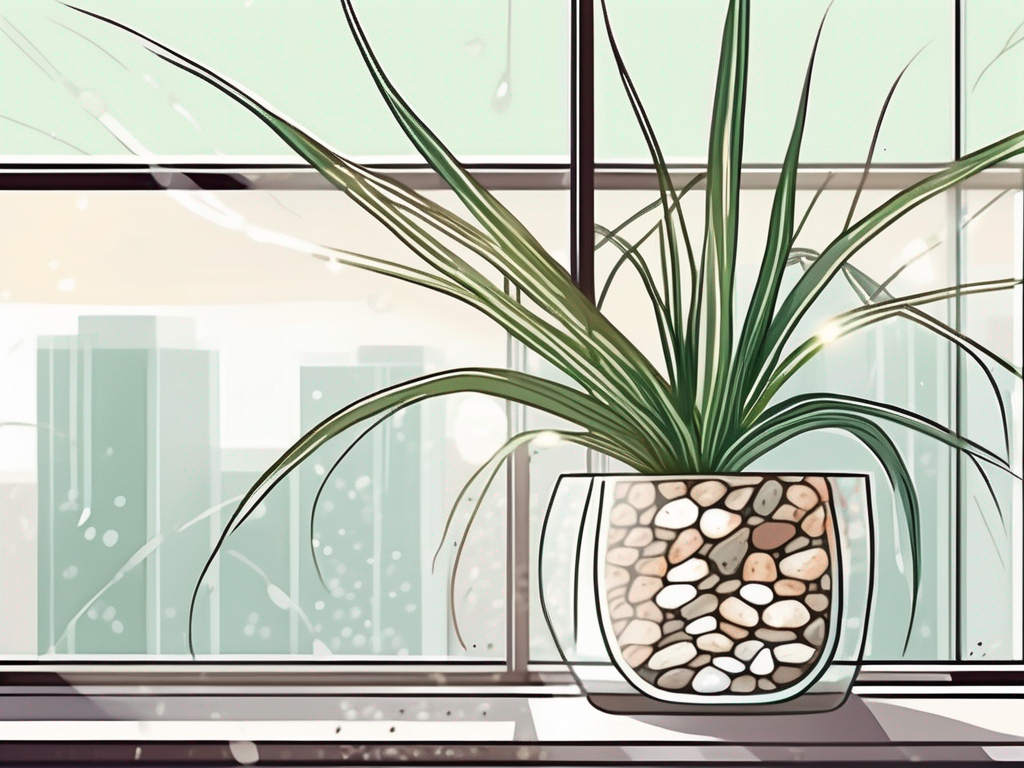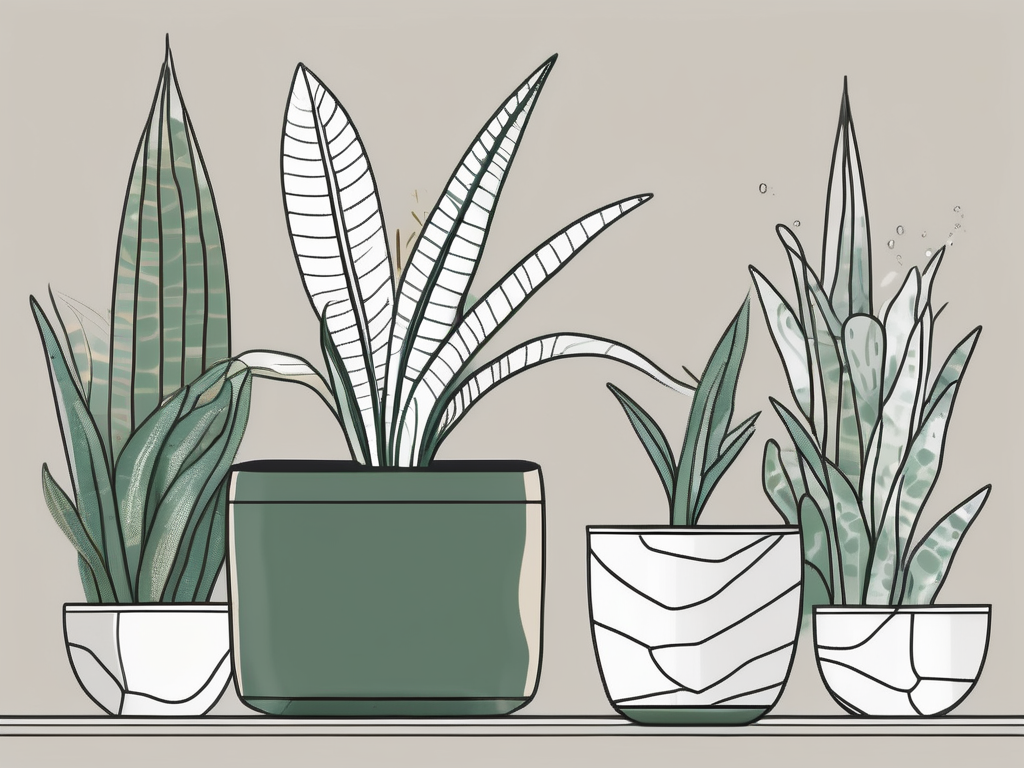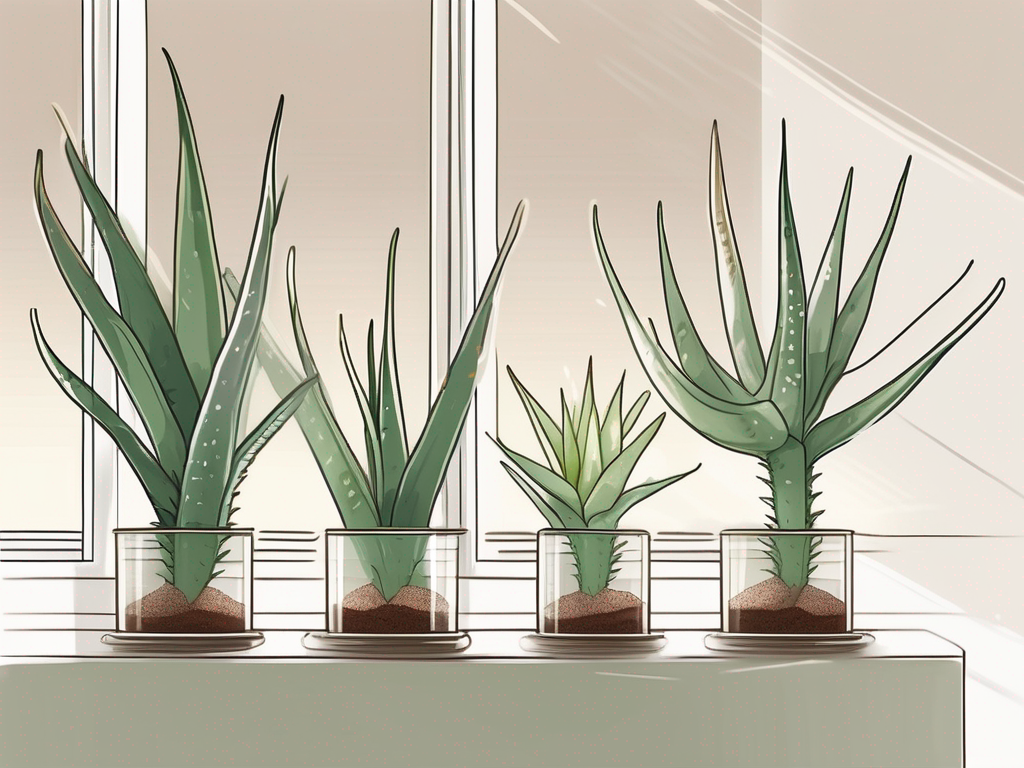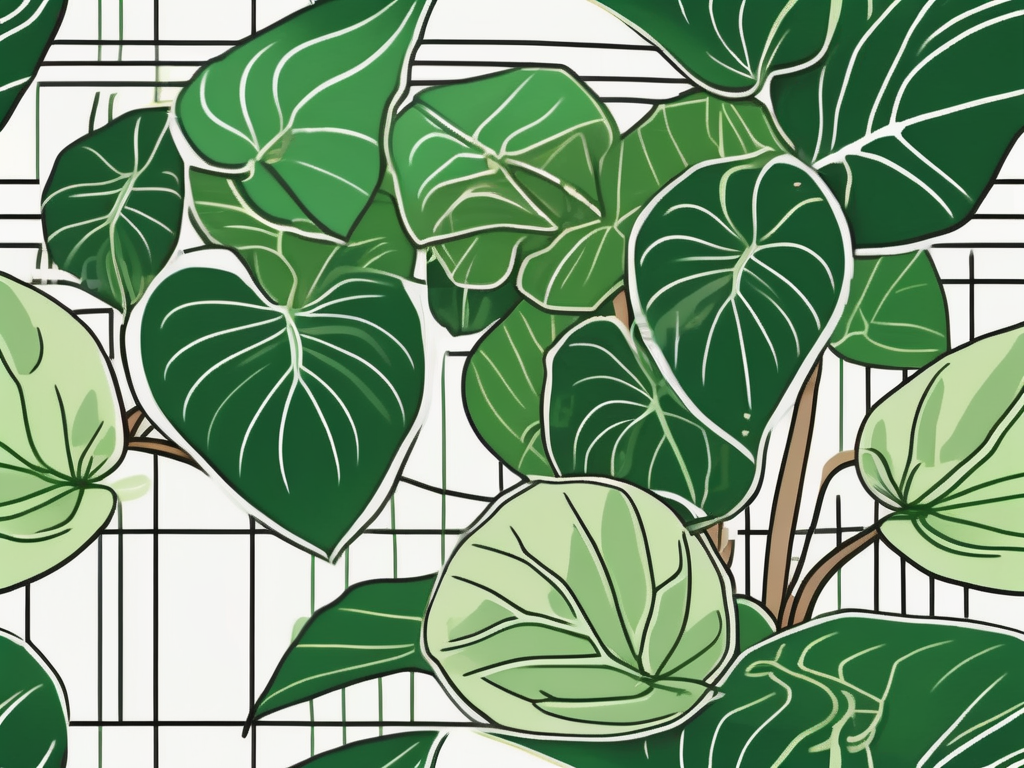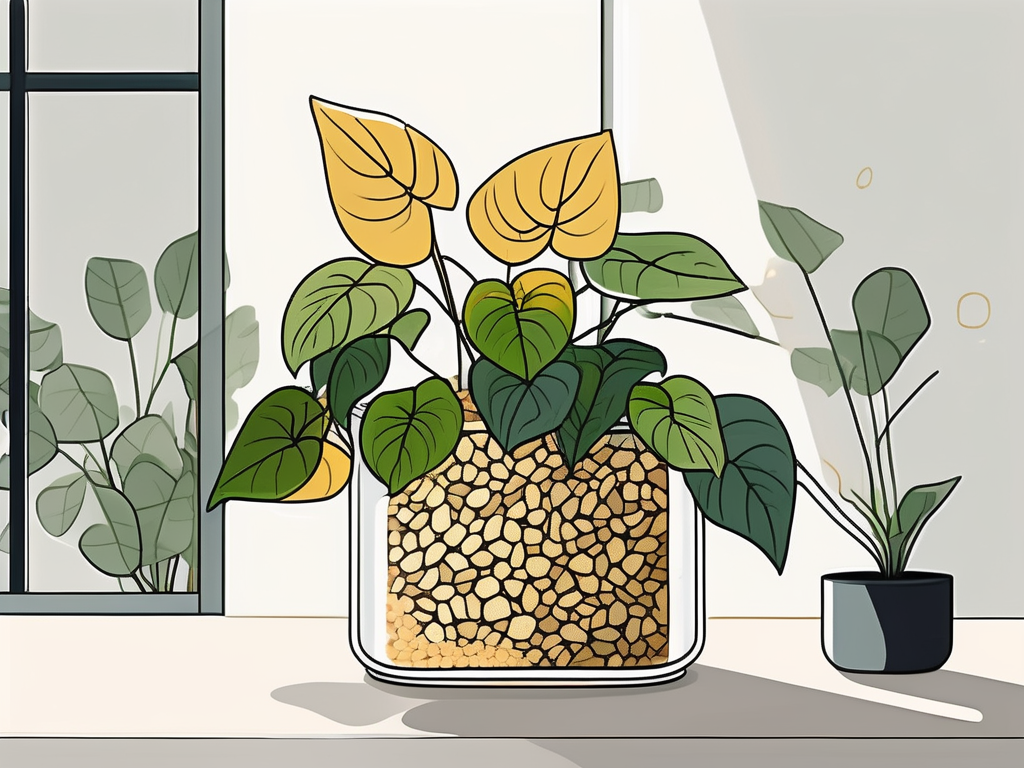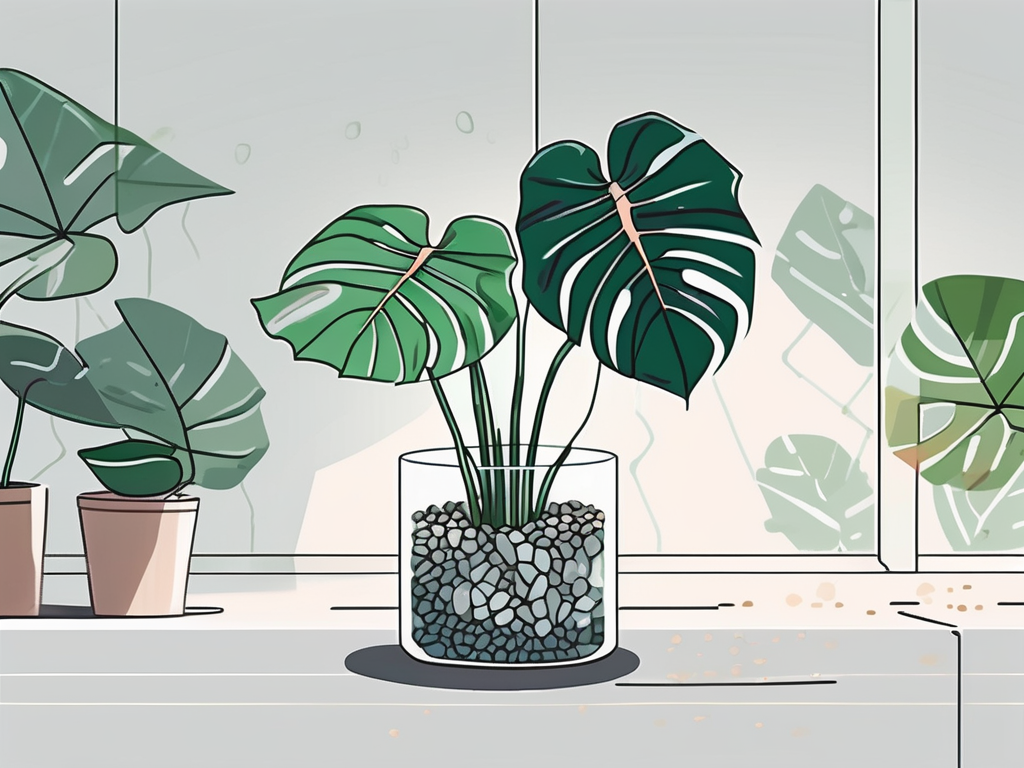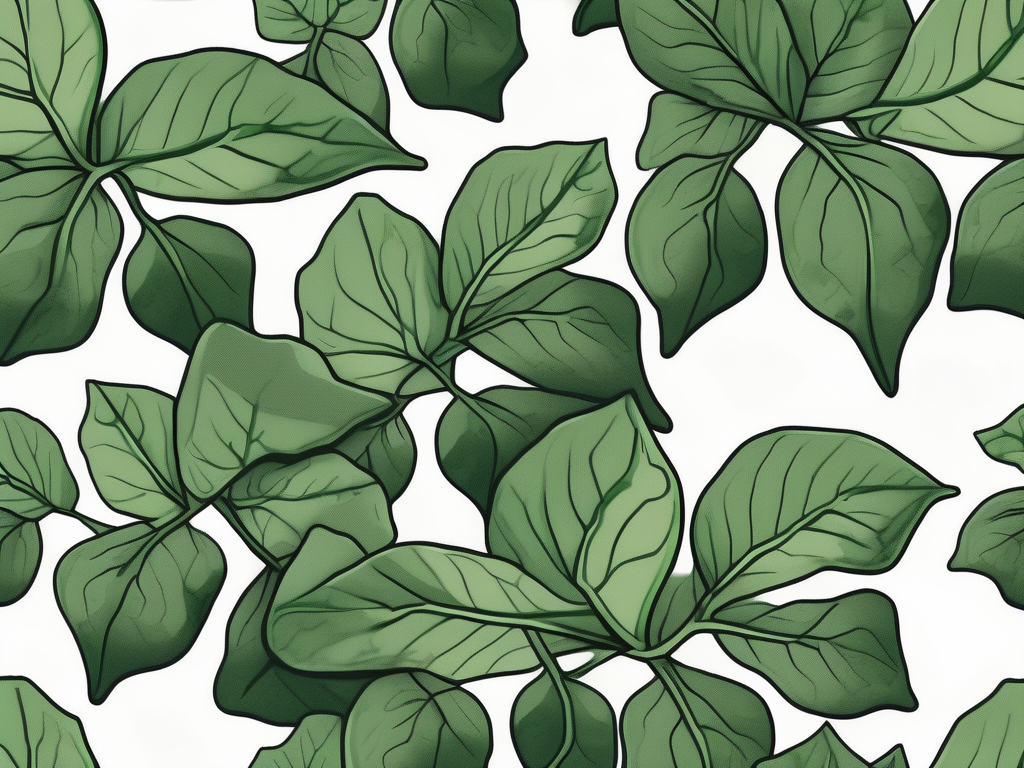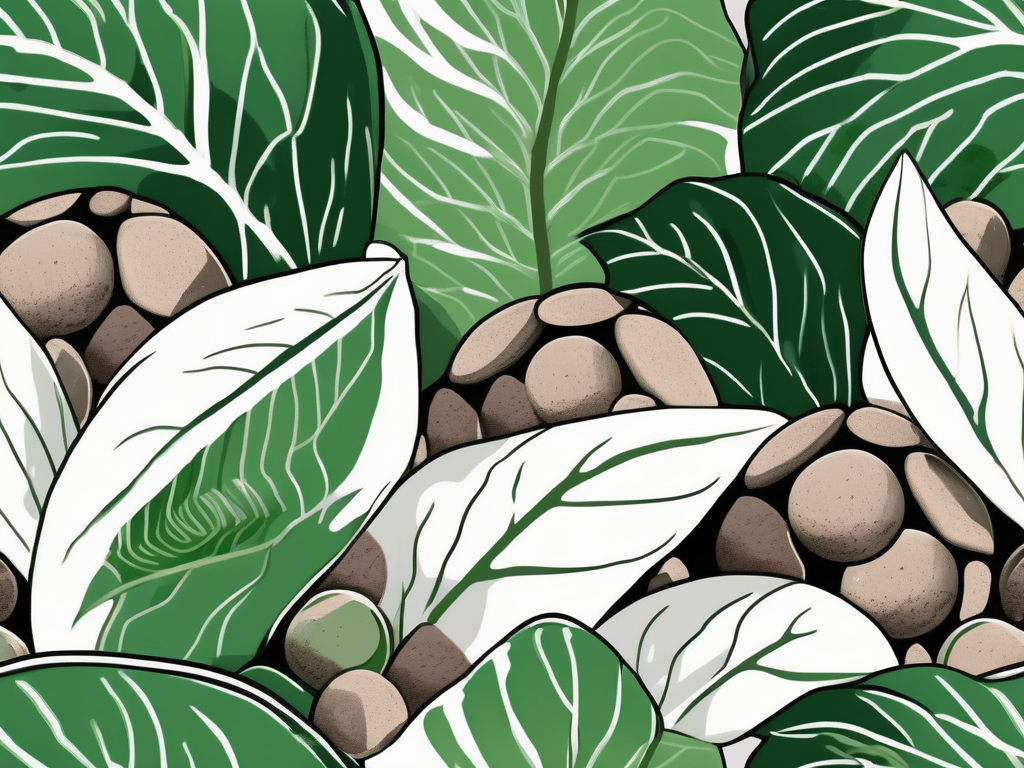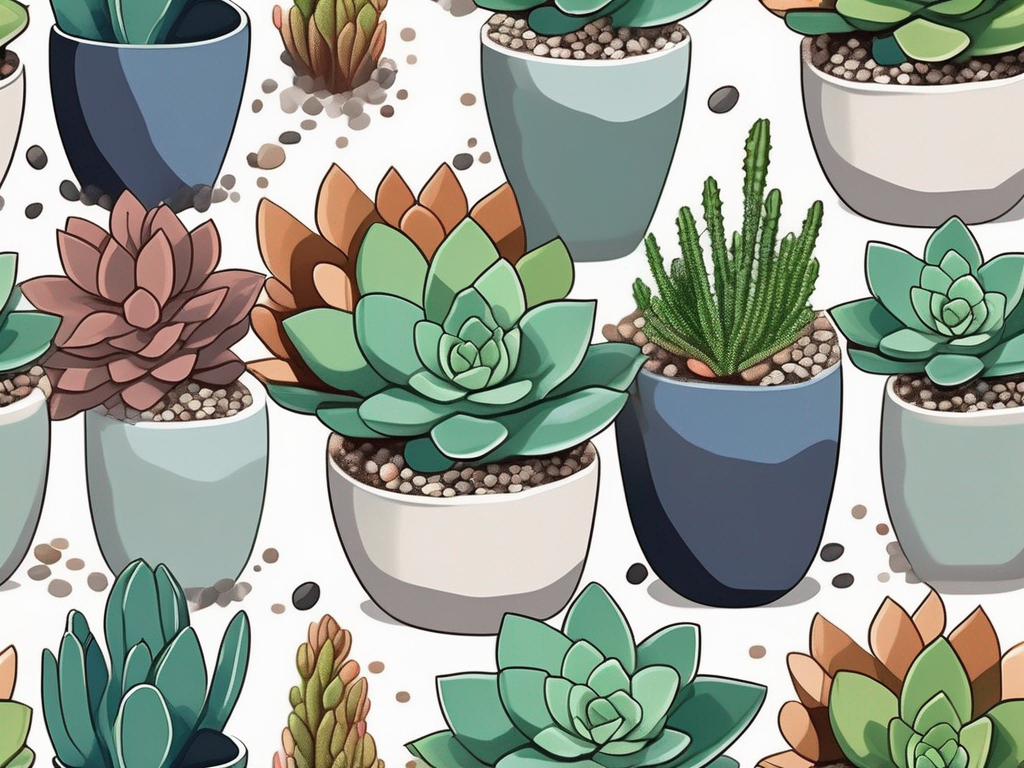
Succulents have captured the hearts of plant lovers everywhere, transforming homes into green sanctuaries. But what if I told you there's a way to grow these delightful plants that's both modern and efficient? Enter LECA, a game-changer in the world of plant care. This method might just be the perfect solution for anyone looking to step up their succulent game.
In this blog post, we'll explore what LECA is, why it's great for succulents, and how you can successfully grow these plants using it. From understanding the basics to troubleshooting common issues, you'll find everything you need to know right here. So, let's get started!
What is LECA?
Before we jump into the how-tos, let's talk about what LECA actually is. LECA stands for Lightweight Expanded Clay Aggregate. It's a medium made up of small, round clay balls that have been heated and expanded. These balls are lightweight, porous, and surprisingly versatile when it comes to plant care.
LECA is often used as an alternative to traditional soil. It's particularly popular in hydroponic growing systems because it provides excellent aeration and drainage. But it's not just for the tech-savvy plant parents. LECA can be a great choice for anyone wanting to try something new with their succulents.
One of the reasons LECA works so well is its ability to wick moisture. This means it can draw water up from a reservoir and deliver it to your plant's roots as needed. Sounds pretty cool, right? This feature helps prevent overwatering, a common issue with succulents, making LECA a fantastic option for these plants.
Why Choose LECA for Succulents?
You might be wondering why you should switch from soil to LECA for your succulents. Well, there are several advantages that make it worth considering.
- Improved Drainage: Succulents hate sitting in soggy soil, which can lead to root rot. LECA provides excellent drainage, reducing the risk of overwatering.
- Better Aeration: The porous nature of LECA allows air to circulate around the roots, promoting healthy growth.
- Reduced Pests: Soil can harbor pests like fungus gnats, but without organic matter, LECA is less attractive to these annoyances.
- Reusable: Unlike soil, LECA can be cleaned and reused, making it an eco-friendly choice.
At first glance, it might seem like a lot of effort to switch, but once you see how happy and healthy your succulents can be, you'll realize it's worth it. Remember, happy plants mean a happy home!
Getting Started with LECA
Alright, you're convinced that LECA is the way to go. But how do you actually get started? Here’s a simple guide to help you transition your succulents from soil to LECA.
Gather Your Supplies
First things first, you'll need to gather a few supplies:
- LECA balls (make sure they're clean)
- A container with drainage holes
- A water reservoir (this can be a larger pot or tray)
- Your succulents, of course!
Prepare the LECA
Before you can use LECA, it needs a good rinse. This removes any dust and helps the balls absorb water more effectively. Soak them in water for a few hours or overnight to ensure they're fully saturated.
Transitioning Your Succulents
Now it's time to move your succulents to their new home. Carefully remove them from their current pots and gently shake off as much soil as possible. Rinse the roots to get rid of any remaining dirt.
Once your plants are clean, fill the bottom of your container with a layer of LECA. Place the succulent on top and then fill the sides with more LECA, ensuring the plant is stable. Leave some space at the top for watering.
Watering and Feeding Succulents in LECA
Watering succulents in LECA is different from soil watering. Since LECA wicks moisture, you’ll rely on a water reservoir. This method allows the plant to take what it needs without oversaturating.
Setting Up the Reservoir
Place your container with the succulent on top of a water reservoir. Ensure that the bottom layer of LECA is just touching the water. This setup lets the LECA draw water up to the roots.
How Often to Water
One of the great things about LECA is that you don't need to water as frequently as you would with soil. Check the water level in the reservoir weekly. Refill when it's running low but avoid letting your plant sit in waterlogged conditions.
Fertilizing Tips
Succulents in LECA still need nutrients, so don't forget to fertilize. Use a diluted liquid fertilizer every month during the growing season. Since LECA doesn’t hold nutrients, this step is essential for keeping your plants healthy.
Lighting and Placement
Just like any other houseplant, succulents in LECA need the right amount of light to thrive. Let’s look at how to ensure your plants are getting the light they need.
Natural Light
Most succulents prefer bright, indirect sunlight. Placing them near a south or east-facing window usually works well. However, be mindful of the intense midday sun, which can scorch the leaves.
Artificial Lighting
If your home lacks natural light, consider using grow lights. LED grow lights are a popular choice because they're energy-efficient and effective. Position the lights about 12-18 inches above your plants and keep them on for about 12-14 hours a day.
Remember to rotate your succulents occasionally to ensure even growth. This prevents them from leaning towards the light and keeps them looking balanced and beautiful.
Common Problems and Solutions
Even with the best care, you might encounter some issues while growing succulents in LECA. Here’s how to troubleshoot common problems.
Yellowing Leaves
Yellow leaves can be a sign of overwatering or underwatering. Check your reservoir and adjust your watering schedule accordingly. If the LECA is too wet, let it dry out a bit before refilling the reservoir.
Root Rot
Root rot is less common in LECA, but it can still happen if the roots sit in water for too long. Ensure proper drainage and never let the water level rise above the bottom layer of LECA.
Pests
While LECA reduces the risk of pests, they can still appear. If you notice any, try removing them manually or using a gentle insecticidal soap. Keeping your plants clean and healthy is the best defense against pests.
Benefits of Mixing LECA with Other Mediums
While LECA alone is fantastic, mixing it with other mediums can offer additional benefits. Some plant people find that combining LECA with materials like perlite or pumice can enhance drainage and stability.
LECA and Perlite
Perlite is a lightweight, volcanic rock that improves aeration and drainage. Mixing it with LECA can create an even more breathable environment for your succulent roots, reducing the risk of rot.
LECA and Pumice
Pumice is another volcanic rock that's heavier than perlite. It provides excellent drainage and can add some weight to your pot, making it more stable. This can be especially helpful for top-heavy succulents.
Experimenting with different combinations allows you to customize your growing medium to suit your specific plants' needs. Just remember that each mix may require adjustments in watering and feeding, so keep an eye on your plants and adjust as needed.
Decorating with LECA-grown Succulents
Using LECA doesn't just benefit your plants; it can also add a unique touch to your home decor. The clean, modern look of LECA pairs well with various styles, from minimalist to bohemian.
Transparent Containers
One way to showcase your LECA-grown succulents is by using transparent containers. Glass jars or bowls allow you to see the layers of LECA and roots, adding an interesting visual element to your display.
Grouping and Staging
Grouping succulents together can create a striking focal point. Use varied heights and textures to add depth, and consider incorporating decorative elements like stones or driftwood for added interest.
Staging your plants on shelves, tables, or window sills can enhance your interior design, making your home feel fresh and inviting. Plus, it's a great way to show off your thriving collection to guests!
LECA Maintenance Tips
Maintaining your LECA setup is crucial for the long-term health of your succulents. Here are some tips to keep everything in top shape.
Cleaning the LECA
Over time, mineral buildup can occur on the LECA balls. To clean them, remove the plant and rinse the LECA thoroughly. You can also soak it in a vinegar solution to dissolve any stubborn deposits.
Changing the Water
Regularly refresh the water in your reservoir to prevent stagnation. Stale water can lead to algae growth and unpleasant odors, so change it every few weeks or as needed.
By keeping your LECA clean and your reservoir fresh, you'll provide the best environment for your succulents to flourish.
Transitioning Back to Soil
While LECA is fantastic, you might decide to switch back to soil at some point. The good news is that transitioning your succulents back to soil is relatively straightforward.
Preparing for the Transition
Before moving your succulents, ensure they're healthy and free from any pests or diseases. This minimizes stress during the transition process.
Steps to Transition
- Gently remove the succulent from the LECA and rinse the roots.
- Prepare a well-draining soil mix, such as one with cactus soil and perlite.
- Plant the succulent in the new soil, ensuring it's stable and well-supported.
- Water lightly and place in a bright, indirect light spot to help it adjust.
Remember, succulents are resilient and can adapt to changes in their environment. With a little patience and care, they'll thrive whether in LECA or soil.
Final Thoughts
Growing succulents in LECA offers a modern twist on traditional plant care, providing numerous benefits like improved drainage and reduced pests. By following the steps outlined in this article, you can enjoy happy, healthy succulents that thrive in any home.
At Cafe Planta, we're passionate about helping you care for your plants. Whether you're looking for unique houseplants or need advice on plant care, we're here to support you. Feel free to reach out via email or Instagram. Let's cultivate a love for plants together!













